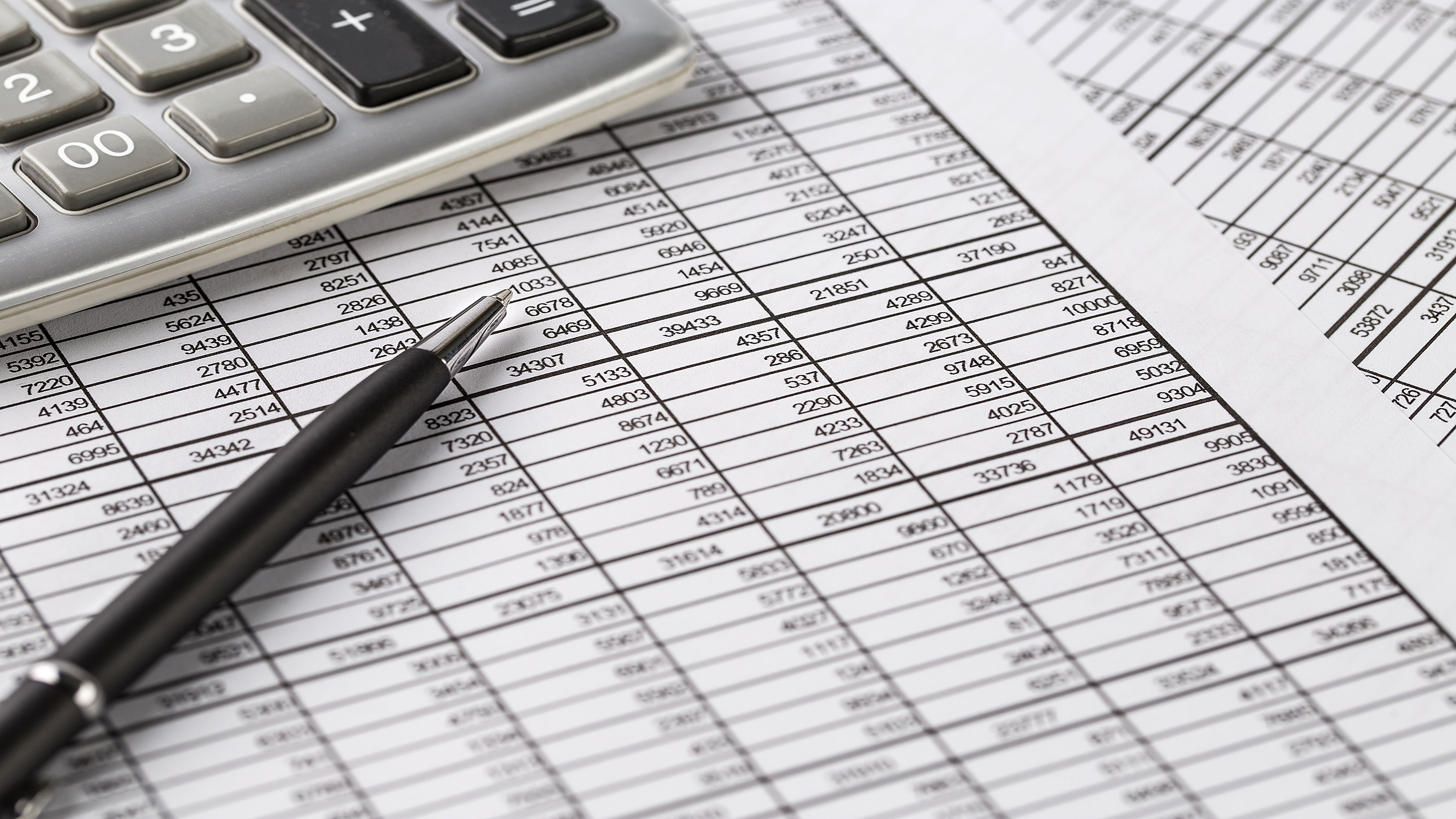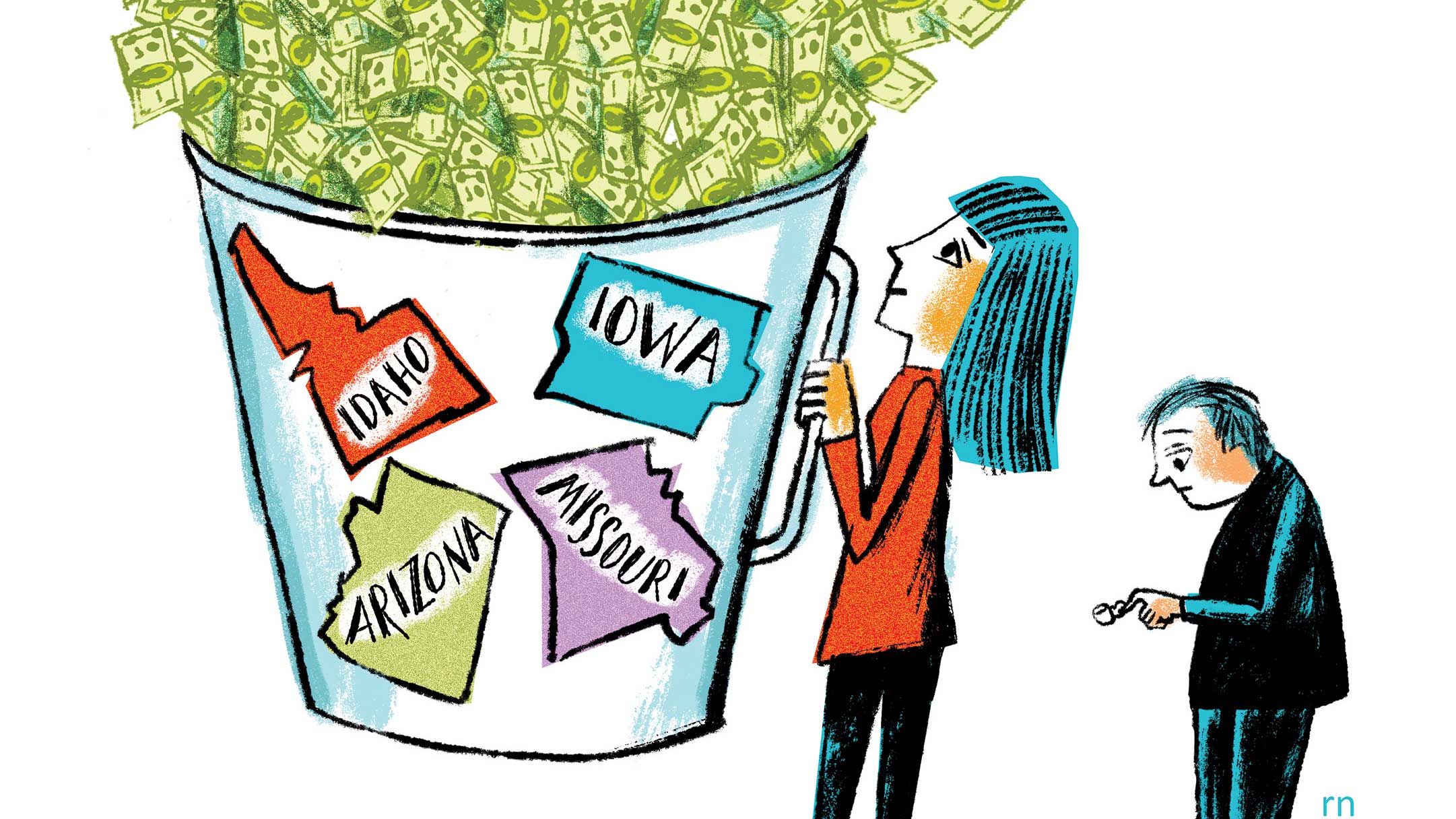How Retirees Can Avoid a Big Spring Tax Bill
Use withholding, quarterly payments and RMDs to determine when the IRS taxes your retirement income.


By now, you should have received—and carefully deployed—your tax refund, or noticed that the IRS happily cashed your check for the balance due. But before you stash away your 2015 tax papers, take one last look at the bottom line of your Form 1040.
If it shows that you owed the IRS or the IRS owed you more than $1,000, you face one more tax chore: Tweaking your tax payments for the rest of 2016 so the amount you pay in withholding and estimated payments comes closer to what you'll actually owe.
If you're still working, consider amending the Form W-4 on file with your employer. Boosting the number of allowances you claim will cut withholding and reduce next year's refund; reducing the number will do the opposite and reduce what you'll owe next spring. For someone in the 25% tax bracket, each allowance claimed or eliminated will result in an extra $1,000 less or more being withheld over the course of the year. Making the change midyear cuts that adjustment in half.
From just $107.88 $24.99 for Kiplinger Personal Finance
Become a smarter, better informed investor. Subscribe from just $107.88 $24.99, plus get up to 4 Special Issues

Sign up for Kiplinger’s Free Newsletters
Profit and prosper with the best of expert advice on investing, taxes, retirement, personal finance and more - straight to your e-mail.
Profit and prosper with the best of expert advice - straight to your e-mail.
So, if you got a $3,000 refund this year—and you expect this year's income and deductions to be similar to last year's—claiming an extra three withholding allowances starting in July would let you collect an extra $1,500 in your paychecks during the second half of the year, and cut next year's refund in half. Our easy-to-use taxwithholding calculator can help the 75% of taxpayers who get refunds each year figure how many extra allowances they should claim.
Paying the Piper on Retirement Income
Unlike wages, which are subject to mandatory withholding, it's up to you whether the IRS gets a crack at your Social Security benefits, pensions, annuities and IRA withdrawals as you get the money.
Withholding. With pension payouts, annuity payments and traditional IRA withdrawals, taxes will be withheld unless you file a Form W-4P putting the kibosh on it. The company that pays your pension or annuity should periodically remind you of your option to block withholding. Things are topsy-turvy with Social Security benefits. There will be no withholding unless you specifically ask for it by filing a Form W-4V. You can always change your mind later by filing a revised W-4V.
Withholding isn't necessarily a bad thing, since it stretches the tax bill over the entire year. It might also make life easier if you would otherwise have to make estimated tax payments.
Quarterly payments. The alternative to withholding is to make quarterly estimated payments. You're supposed to if you'll owe more than $1,000 in tax for the year beyond what's covered by withholding. Otherwise, you can be penalized for underpayment of taxes.To figure out how much to send in, you need to estimate your taxable income for the year, your deductions, credits and everything else that goes into figuring your tax bill. Subtract the amount that will be covered by withholding and the remainder is due in four payments. Don't assume the payments are due at neat, three-month intervals. The first is due April 15, the same time as your return for the previous year. Then two months later on June 15, three months after that on September 15, and finally four months later on January 15 of the following year. Use IRS Form 1040-ES to figure your quarterly payments.
RMD solution. Retirees taking required minimum distributions from traditional IRAs may have an extra option for meeting the tax law's pay-as-you-go demand. If you don't need the required distribution to live on, wait until December to take the money. And ask your IRA sponsor to hold back a big chunk of it for the IRS—enough to cover your estimated tax on both the RMD and other taxable income as well, including investment income such as interest, dividends and capital gains.
Although estimated tax payments are considered made when you send in the checks—and must be paid as you receive your income during the year—amounts withheld from IRA distributions are considered paid throughout the year, even if made in a lump-sum payment at year-end. So, if your RMD is large enough to cover your tax bill, you can keep your cash safely ensconced in its tax shelter most of the year and still avoid the underpayment penalty.
Profit and prosper with the best of Kiplinger's advice on investing, taxes, retirement, personal finance and much more. Delivered daily. Enter your email in the box and click Sign Me Up.

-
 Is Home Insurance Tax Deductible?
Is Home Insurance Tax Deductible?With home insurance rates on the rise, you might be hoping to at least claim the cost as a tax deduction. Here's what you need to know ahead of tax season.
-
 The December Jobs Report Is Out. Here's What It Means for the Next Fed Meeting
The December Jobs Report Is Out. Here's What It Means for the Next Fed MeetingThe December jobs report signaled a sluggish labor market, but it's not weak enough for the Fed to cut rates later this month.
-
 Trump Signals Plan to Ban Institutional Investors From Buying Single-Family Homes
Trump Signals Plan to Ban Institutional Investors From Buying Single-Family HomesThe president says the move could improve housing affordability. Here’s what the data shows about investor ownership, recent buying trends and what it could mean for homebuyers.
-
 Kiplinger's Tax Map for Middle-Class Families: About Our Methodology
Kiplinger's Tax Map for Middle-Class Families: About Our Methodologystate tax The research behind our judgments.
-
 Retirees, Make These Midyear Moves to Cut Next Year's Tax Bill
Retirees, Make These Midyear Moves to Cut Next Year's Tax BillTax Breaks Save money next April by making these six hot-as-July tax moves.
-
 Estimated Payments or Withholding in Retirement? Here's Some Guidance
Estimated Payments or Withholding in Retirement? Here's Some GuidanceBudgeting You generally must pay taxes throughout the year on your retirement income. But it isn't always clear whether withholding or estimated tax payments is the best way to pay.
-
 How to Cut Your 2021 Tax Bill
How to Cut Your 2021 Tax BillTax Breaks Our guidance could help you claim a higher refund or reduce the amount you owe.
-
 Why This Tax Filing Season Could Be Ugly
Why This Tax Filing Season Could Be UglyCoronavirus and Your Money National Taxpayer Advocate Erin M. Collins warns the agency will continue to struggle with tight budgets and backlogs. Her advice: File electronically!
-
 Con Artists Target People Who Owe The IRS Money
Con Artists Target People Who Owe The IRS MoneyScams In one scheme, thieves will offer to "help" you pay back taxes, only to leave you on the hook for expensive fees in addition to the taxes.
-
 Cash-Rich States Lower Taxes
Cash-Rich States Lower TaxesTax Breaks The economic turnaround sparked a wave of cuts in state tax rates. But some say the efforts could backfire.
-
 The Financial Effects of Losing a Spouse
The Financial Effects of Losing a SpouseFinancial Planning Even amid grief, it's important to reassess your finances. With the loss of your spouse's income, you may find yourself in a lower tax bracket or that you qualify for new deductions or credits.